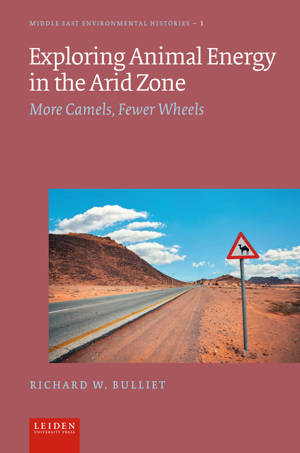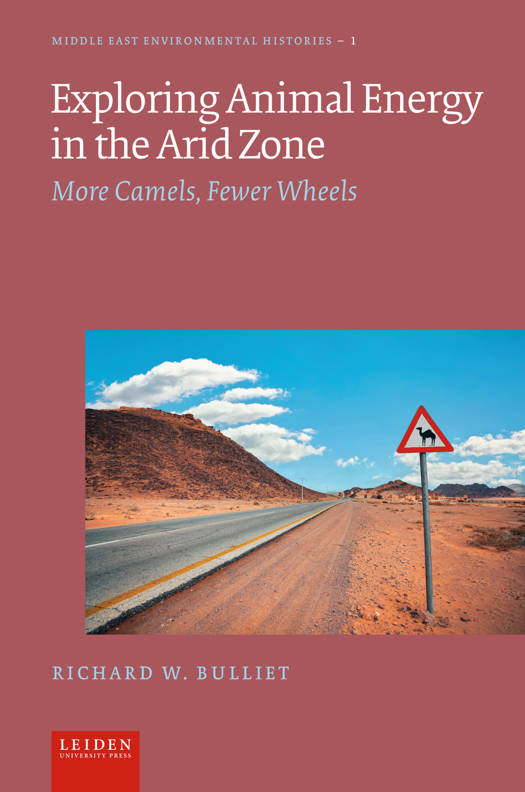
- Afhalen na 1 uur in een winkel met voorraad
- Gratis thuislevering in België vanaf € 30
- Ruim aanbod met 7 miljoen producten
- Afhalen na 1 uur in een winkel met voorraad
- Gratis thuislevering in België vanaf € 30
- Ruim aanbod met 7 miljoen producten
Zoeken
€ 41,95
+ 83 punten
Uitvoering
Omschrijving
"Every society has an energy profile, that is, an array of energy sources, ranging in complexity from human power to nuclear fusion, that can be ranked according to their relative importance to that society. From about 4000 BE onward, animal muscle power becomes integrated into the energy profiles of many societies. The forms this integration takes include riding, carrying burdens, pulling wheeled vehicles and sleighs, operating mills and irrigation devices, and pulling plows, threshing sleds, and other agricultural implements. The use of animal power varies from region to region. These variations can be understood as falling into six discrete zones. The distinctive features of the arid zone from Morocco to Mongolia constitute the primary focus of this book. Successive chapters deal with caravan trading as a mode of production, the relationship between dairying and the availability of working animals, the spread of hybrid animal breeding (mules, bukhts, dzos) as an economic enterprise, and the integration of pastoral nomadism into the overall economy. "
Specificaties
Betrokkenen
- Auteur(s):
- Uitgeverij:
Inhoud
- Aantal bladzijden:
- 148
- Taal:
- Engels
- Reeks:
Eigenschappen
- Productcode (EAN):
- 9789087284527
- Verschijningsdatum:
- 1/09/2024
- Uitvoering:
- Paperback
- Formaat:
- Trade paperback (VS)
- Afmetingen:
- 156 mm x 235 mm
- Gewicht:
- 244 g

Alleen bij Standaard Boekhandel
+ 83 punten op je klantenkaart van Standaard Boekhandel
Beoordelingen
We publiceren alleen reviews die voldoen aan de voorwaarden voor reviews. Bekijk onze voorwaarden voor reviews.











